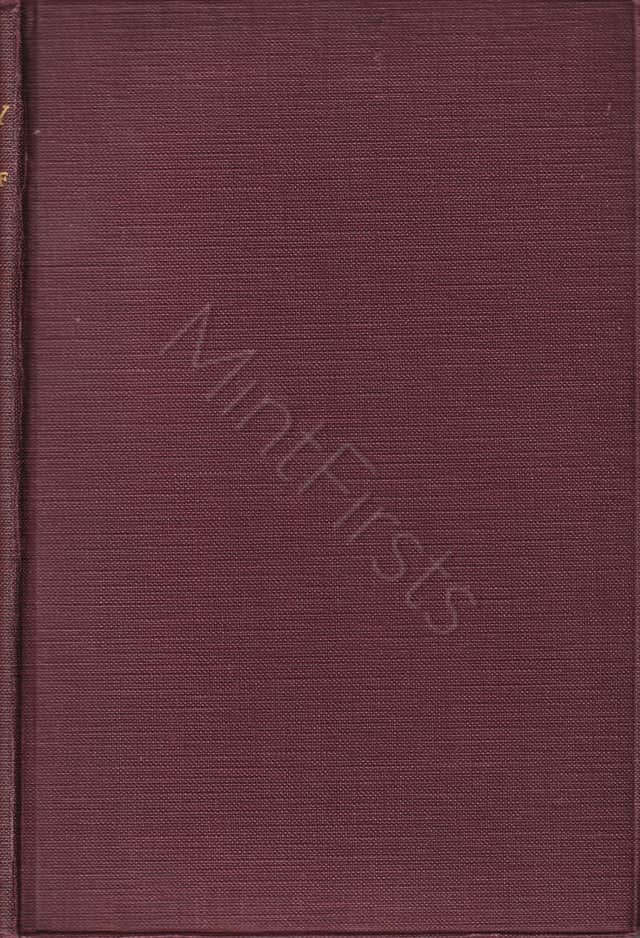Established
2004
Relaunched
2024
Our booksHow we tradeAbout usCredits & thanksYour account
- Home page
- Our books
- How we trade
- About us
- Credits & thanks
- Your account
- Your cart
MENU
Mrs. Dalloway
First edition, second impression of Virginia Woolf's Mrs. Dalloway ¹

Virginia Woolf ⦗Adeline Virginia Stephen, 1882–1941⦘
First edition. Second impression (called a 'Second Edition'). Crown 8vo. Pp. 293, [3, blank]. Publisher's deep rust cloth boards, lettered in gilt to spine; top edges yellow, others partially trimmed. 1/1000 copies printed in September 1925, following a first impression of 2000 copies published in May.
Far rarer than the first impression published four months earlier. Lacking the scarce, Vanessa Bell-designed dustwrapper, graceful signature to flyleaf, else Near Fine.
Listed on TIME's 2005 selection of the 100 best English-language novels written since 1923. "Mrs. Dalloway said she would buy the flowers herself". Woolf's stream-of-consciousness prose unfolds on a single summer's day as society matron, Clarissa Dalloway, prepares to host a party in the evening. Concurrently, a shell-shocked veteran, Septimus Warren Smith, provides a poignant counterpoint to Clarissa's reflections, highlighting the profound impact of war on the human psyche. Woolf very likely drew on her own mental breakdowns in her portrayal of Smith's fractured world. Throughout, she layers and interweaves the strains of the various characters' thoughts in a virtual polyphonic cantata, in the process breaking decisively with the conventions of the realistic novel.
Expanded from Woolf's short stories "Mrs. Dalloway in Bond Street," published in the July 2023 issue of "The Dial," and the unfinished "The Prime Minister," whose manuscript draft, along with a single-page outline, is being held at the New York Public Library. The working title for Mrs. Dalloway was "The Hours" which was also the name of the 2002 film adaptation by Stephen Daldry of Michael Cunningham's eponymous book, starring Nicole Kidman, Julianne Moore and Meryl Streep. The title character had previously appeared in Woolf's first book, The Voyage Out (1915). Mrs. Dalloway itself was filmed by Dutch director Marleen Gorris in 1997, with Vanessa Redgrave in the title role.
Aware of her ground-breaking achievement Woolf modestly noted in her diary shortly before its publication: "I might become one of the interesting – I will not say great – but interesting novelists." It was praised by E. M. Forster thus: "Perhaps her masterpiece. Exquisite and superbly constructed. Required like most writers to choose between the surface and the depths as the basis of her operations, she chooses the surface and then burrows in as far as she can."
[Kirkpatrick A9a; Woolmer 82]
edition
first edition
format
hardback
scarcity
scarce
publisher
Leonard & Virginia Woolf at the Hogarth Press
published in
London
publication year
1925
ISBN
not assigned
height × width
19 × 14 cm
genre
literary fiction
language
English
binding style
cloth
binding state
original binding
remark
missing jacket
condition
near fine
GBP£ 1,500
EUR€ 1,750
USD$ 2,010
ref.325 R2Y